Buy this painting Cartwheel Galaxy by NASA and Space as a reproduction on canvas, ArtFrame, poster and wallpaper, printed on demand in high quality.
About "Cartwheel Galaxy"
by NASA and Space
About the artwork
Cartwheel Galaxy (NIRCam and MIRI Composite Image)
This image of the Cartwheel and its companion galaxies is a composite from Webb’s Near-Infrared Camera (NIRCam) and Mid-Infrared Instrument (MIRI), which reveals details that are difficult to see in the individual images alone.This galaxy formed as the result of a high-speed collision that occurred about 400 million years ago. The Cartwheel is composed of two rings, a bright inner ring and a colorful outer ring. Both rings expand outward from the center of the collision like shockwaves.However, despite the impact, much of the character of the large, spiral galaxy that existed before the collision remains, including its rotating arms. This leads to the “spokes” that inspired the name of the Cartwheel Galaxy, which are the bright red streaks seen between the inner and outer rings. These brilliant red hues, located not only throughout the Cartwheel, but also the companion spiral galaxy at the top left, are caused by glowing, hydrocarbon-rich dust.In this near- and mid-infrared composite image, MIRI data are colored red while NIRCam data are colored blue, orange, and yellow. Amidst the red swirls of dust, there are many individual blue dots, which represent individual stars or pockets of star formation. NIRCam also defines the difference between the older star populations and dense dust in the core and the younger star populations outside of it.Webb’s observations capture the Cartwheel in a very transitory stage. The form that the Cartwheel Galaxy will eventually take, given these two competing forces, is still a mystery. However, this snapshot provides perspective on what happened to the galaxy in the past and what it will do in the future.

About NASA and Space
 Netherlands
Netherlands Ordered in November 2021
Ordered in November 2021
 Netherlands
Netherlands Ordered in October 2021
Ordered in October 2021
 Germany
Germany Ordered in August 2020
Ordered in August 2020
 Germany
Germany Ordered in February 2023
Ordered in February 2023
 Germany
Germany Ordered in March 2020
Ordered in March 2020
 Netherlands
Netherlands Ordered in February 2022
Ordered in February 2022
 Netherlands
Netherlands Ordered in January 2024
Ordered in January 2024
 Netherlands
Netherlands Ordered in April 2019
Ordered in April 2019
 Germany
Germany Ordered in June 2022
Ordered in June 2022
 Netherlands
Netherlands Ordered in December 2021
Ordered in December 2021
 Germany
Germany Ordered in January 2021
Ordered in January 2021
 Germany
Germany Ordered in April 2025
Ordered in April 2025
About the material
ArtFrame™
Interchangeable Art Prints
- High-quality print
- Easily interchangeable
- Acoustic function
- Large sizes available
Discover the artworks of NASA and Space
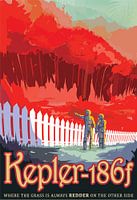 Kepler-186f - Where the grass is always redder on the other sideNASA and Space
Kepler-186f - Where the grass is always redder on the other sideNASA and Space The Grand Tour - A once in a lifetime getawayNASA and Space
The Grand Tour - A once in a lifetime getawayNASA and Space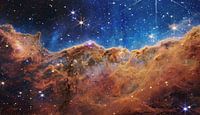 “Cosmic Cliffs” in the Carina NebulaNASA and Space
“Cosmic Cliffs” in the Carina NebulaNASA and Space “Cosmic Cliffs” in the Carina NebulaNASA and Space
“Cosmic Cliffs” in the Carina NebulaNASA and Space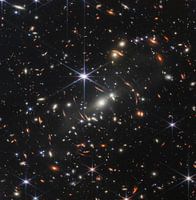 Webb's First Deep FieldNASA and Space
Webb's First Deep FieldNASA and Space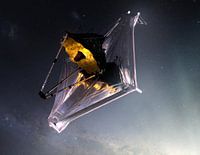 James Webb Space TelescopeNASA and Space
James Webb Space TelescopeNASA and Space Pillars of CreationNASA and Space
Pillars of CreationNASA and Space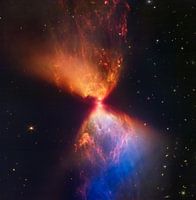 The birth of a starNASA and Space
The birth of a starNASA and Space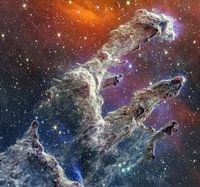 Pillars of Creation (NIRCam and MIRI Composite Image)NASA and Space
Pillars of Creation (NIRCam and MIRI Composite Image)NASA and Space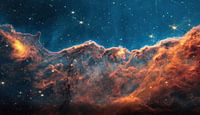 Carina Nebula JetsNASA and Space
Carina Nebula JetsNASA and Space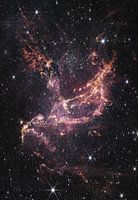 Star forming region NGC 346NASA and Space
Star forming region NGC 346NASA and Space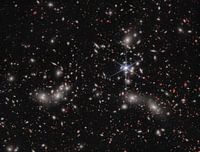 Pandora ClusterNASA and Space
Pandora ClusterNASA and Space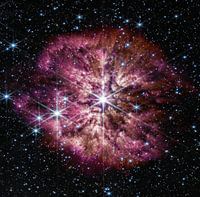 WR 124: Prelude to SupernovaNASA and Space
WR 124: Prelude to SupernovaNASA and Space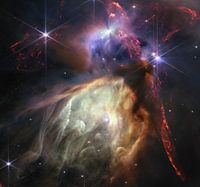 Rho OphiuchiNASA and Space
Rho OphiuchiNASA and Space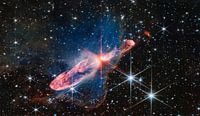 Forming stars: Herbig-Haro 46/47NASA and Space
Forming stars: Herbig-Haro 46/47NASA and Space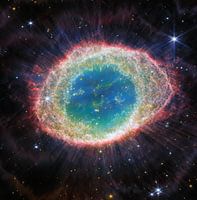 Ring NebulaNASA and Space
Ring NebulaNASA and Space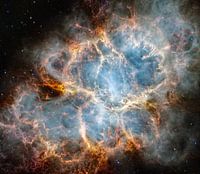 Crab NebulaNASA and Space
Crab NebulaNASA and Space Sagittarius C - 500,000 starsNASA and Space
Sagittarius C - 500,000 starsNASA and Space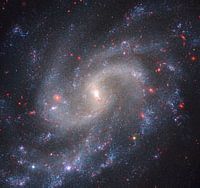 Spiral galaxy NGC 5584NASA and Space
Spiral galaxy NGC 5584NASA and Space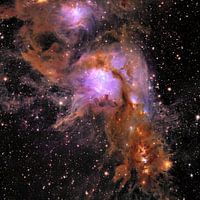 Messier 78, a star formation in a cloud interstellar dustNASA and Space
Messier 78, a star formation in a cloud interstellar dustNASA and Space
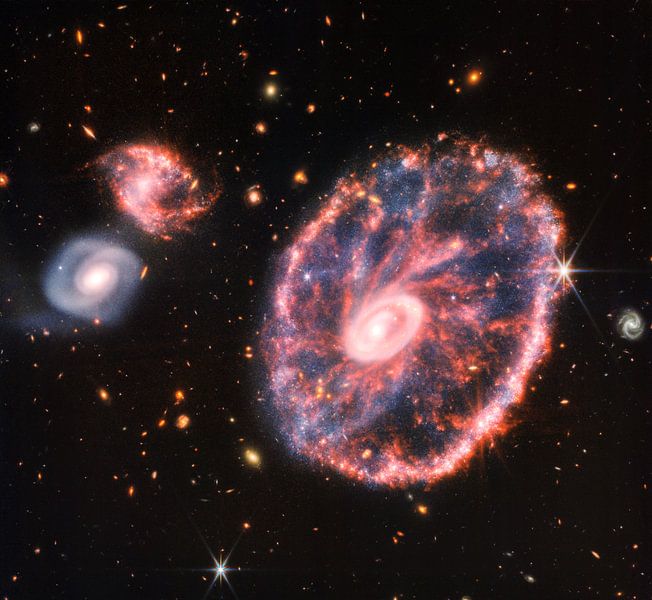
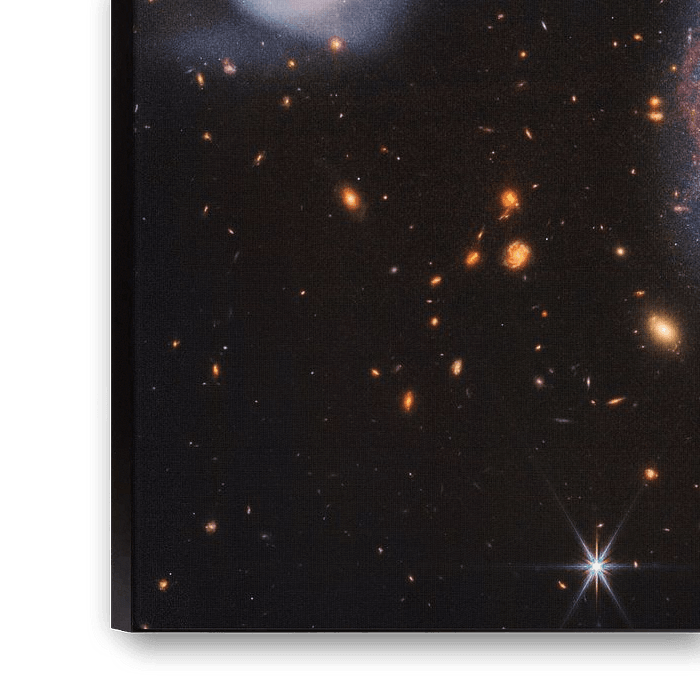
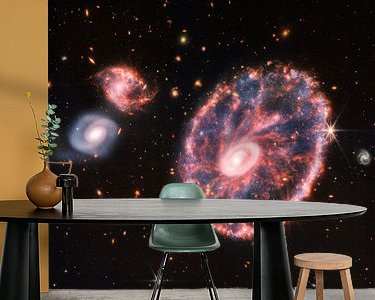
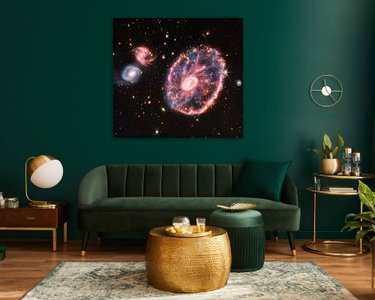

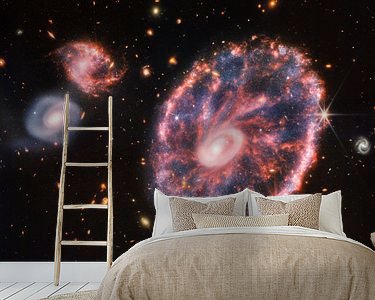
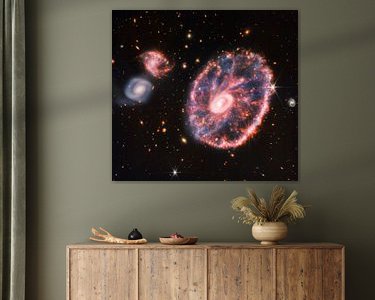






 Astrology and Space
Astrology and Space Dreamy Escapes
Dreamy Escapes Mysterious Spheres
Mysterious Spheres Vibrant Colors
Vibrant Colors









